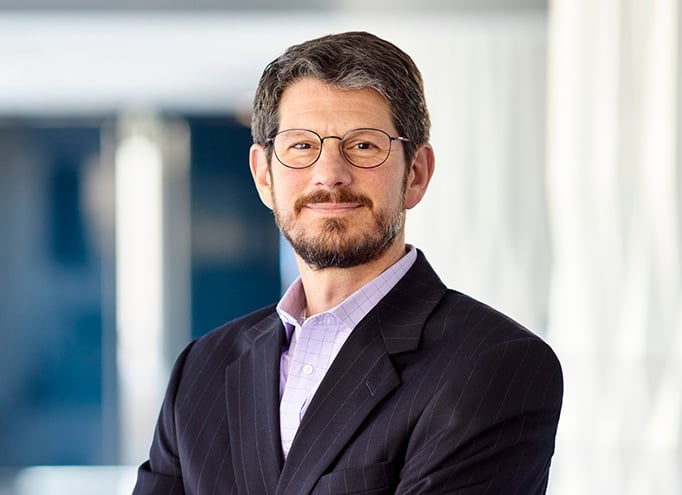Grant Schneider

As the most senior cybersecurity executive in the U.S. government, Grant enhanced the overall defensive cybersecurity posture of federal and critical infrastructure systems, leveraged the expertise of the U.S. intelligence community to identify and mitigate threats to federal cybersecurity, and led effective and efficient responses to federal incidents. He oversaw the most comprehensive review of the federal government's cybersecurity enterprise, implementing a cybersecurity risk assessment process across 100+ agencies. Grant worked with Congress to spearhead legislative initiatives, including the SECURE Technology Act, which established the Federal Acquisition Security Council (FASC) to allow for a federal whole-of-government risk management approach to recommending the removal or exclusion of companies or products that pose too great a risk to the federal enterprise. He also served as the first chairperson of the interagency FASC, establishing criteria, processes, and procedures that will be used to evaluate the risk of products and services to the federal government.
Concurrent with serving as the federal CISO, Grant facilitated interagency and industry discussions to enhance the cybersecurity posture of the nation as the National Security Council's senior director for cybersecurity policy. During his tenure, he led White House efforts to develop and successfully gain cabinet and presidential approval for the first National Cyber Strategy in more than 15 years, and acted as the principal White House liaison for multiple public-private partnerships focused on securing our national critical infrastructure, including the National Telecommunications Security Council; the Enduring Security Framework; the Energy and Government Coordinating Council; and the Communications and Government Coordinating Council.
Prior to being appointed as the federal CISO, Grant served as the first deputy federal CISO, supporting the creation of the new office within OMB and the establishment of the federal CISO Council. His experience also includes developing identity management policies that implement multifactor authentication capabilities to enhance information sharing and security, resulting in a 90% increase in federal agency adoption over a four-month period. He previously served as the Defense Intelligence Agency's (DIA) chief information officer for seven years providing global information technology services to over 250K customers.
Related Practices
Related Industries
Experience
Government Experience
- Office of Management and Budget
- Federal Chief Information Security Officer
- Deputy Federal Chief Information Security Officer
- Federal Cybersecurity Advisor
- National Security Council
- Senior Director for Cybersecurity Policy
- Director of Government Cybersecurity
- Senior Advisor to the Director, Office of Personnel Management
- Defense Intelligence Agency
- Chief Information Officer
- Chief, IT Operations Group
- Chief, IT Resource Management Group
- Supervisory Program Manager, Administration of Operations Staff
- Program Manager, Network Enterprise Initiative
- Project Officer, Telecom and Network Support Branch, Office for Systems and Services
- Financial Officer, Office for Systems and Services
- Project Manager, Joint Worldwide Intelligence Communication System (JWICS)
Insights
Credentials
Education
- B.S. Applied Math George Mason University
Professional Memberships and Activities
- Certified Information Systems Security Professional (CISSP)
- Participant, Northwestern University Leadership Development Program
- Participant, Defense Intelligence Agency Leadership Senior Executive Program
Recognition
- Washingtonian, Tech Titans, 2019, 2022
- FCW, Fed 100, 2016
- FedScoop, FedScoop 50
- InformationWeek
- Government CIO 25
- Government CIO 50
- Legal 500, Media, Technology and Telecoms – Cyber Law (including Data Privacy and Data Protection), 2022